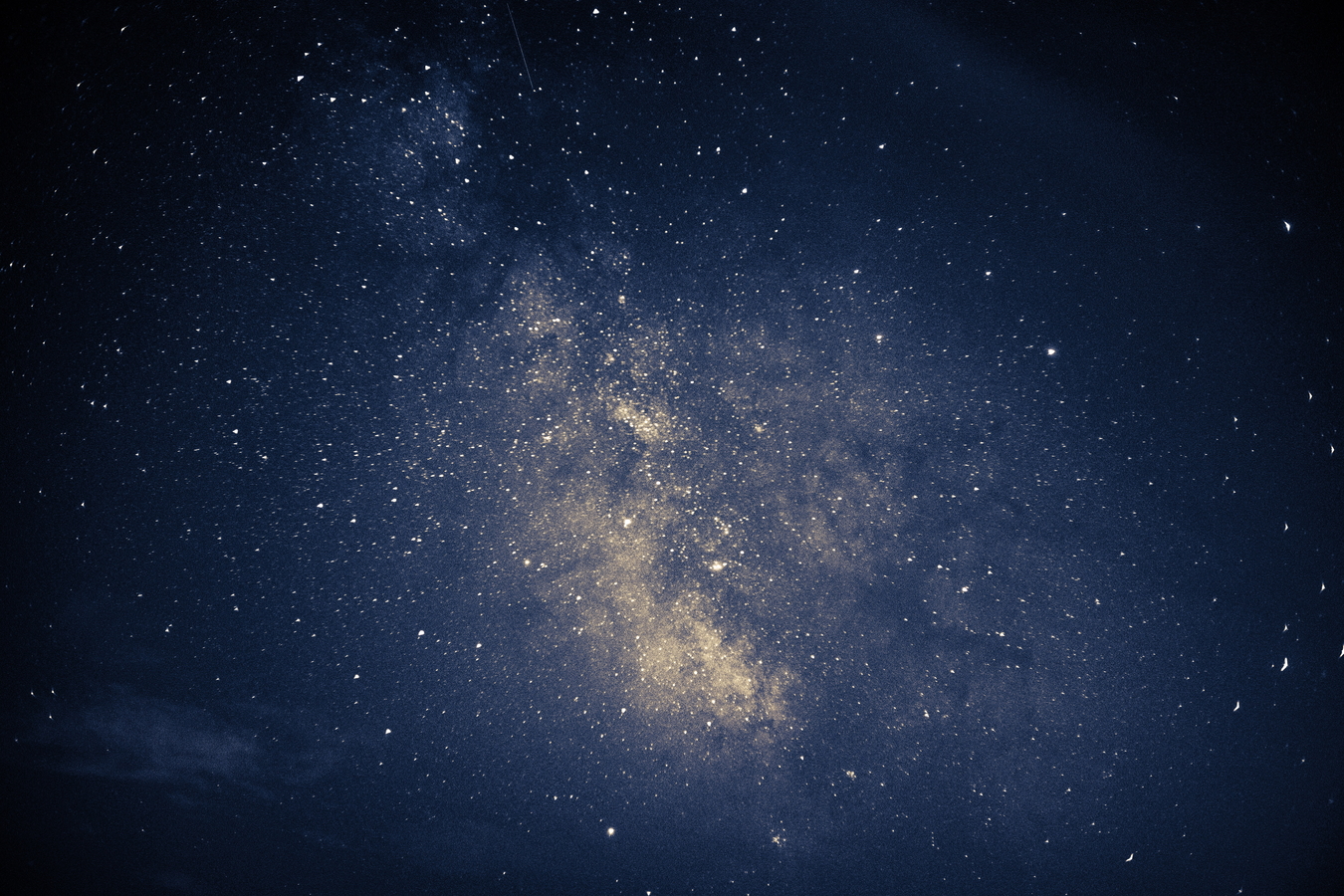Overview
Estimating individual stellar ages is one of the most difficult problems in stellar astrophysics. This scenario is changing as we can now probe stellar interiors through their solar-like oscillations. By combining photometric, spectroscopic, galactic extinction, and astrometry to seismic data (solar-like oscillations), we can determine the relative ages of individual stars and use them to study the Milky Way formation and evolution. I will show our efforts to precisely characterize 9 metal-poor K2 stars, including a star in the M4 Globular Cluster, using Magellan/MIKE spectroscopy. Combining all photometric, astrometric, spectroscopic, and seismic data we inferred the best possible relative ages of these metal-poor stars. Our analysis retrieves the metallicity and age of the M4 Gobular Cluster, and we will, in the future, extend our study to a larger sample to study the relative ages of the metal-poor population with the chemo-dynamical history of the Milky Way. Additionally, I will exemplify how we can use high-resolution stellar spectra to advance the study of exoplanets. Planetary atmospheric composition can be used to constra their formation and migration. However, the only tracer of the original composition od the disk where the planets form lie in the photosphere of the host stars. However, in some cases (too warm and/or a fast rotator host star) it is challenging to infer the necessary abundances from the host star. I will show our proposed work-around: to trace the PD by analyzing the abundances of stars formed from the same molecular cloud. I will show our analysis of HD 181327 ( member of Beta Pic’s moving group), along with a new retrieval of Beta Pi b’s transmission spectrum, and how our combined analysis show consistency between planetary and stellar metallicity and help constrain planetary formation.
